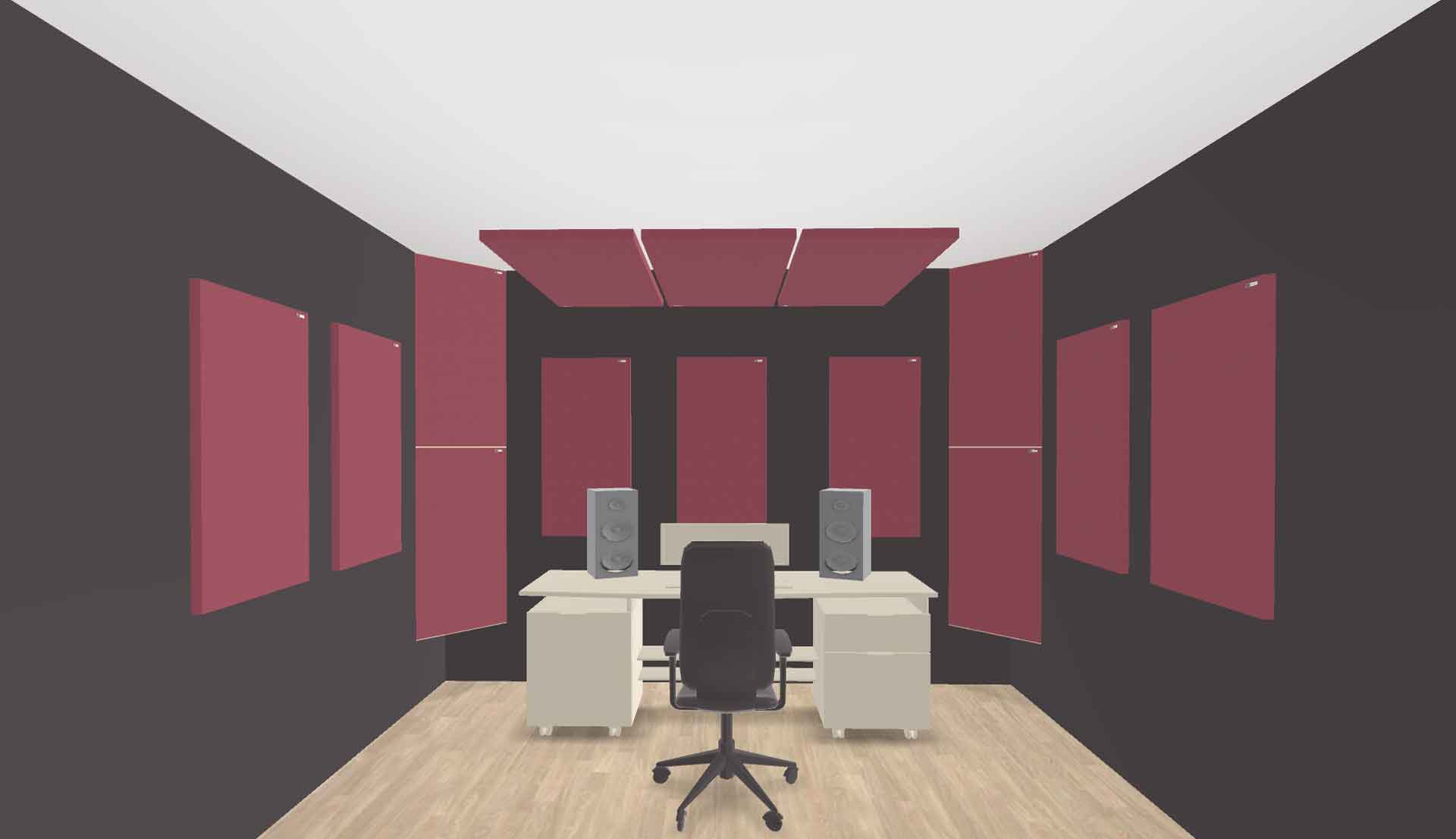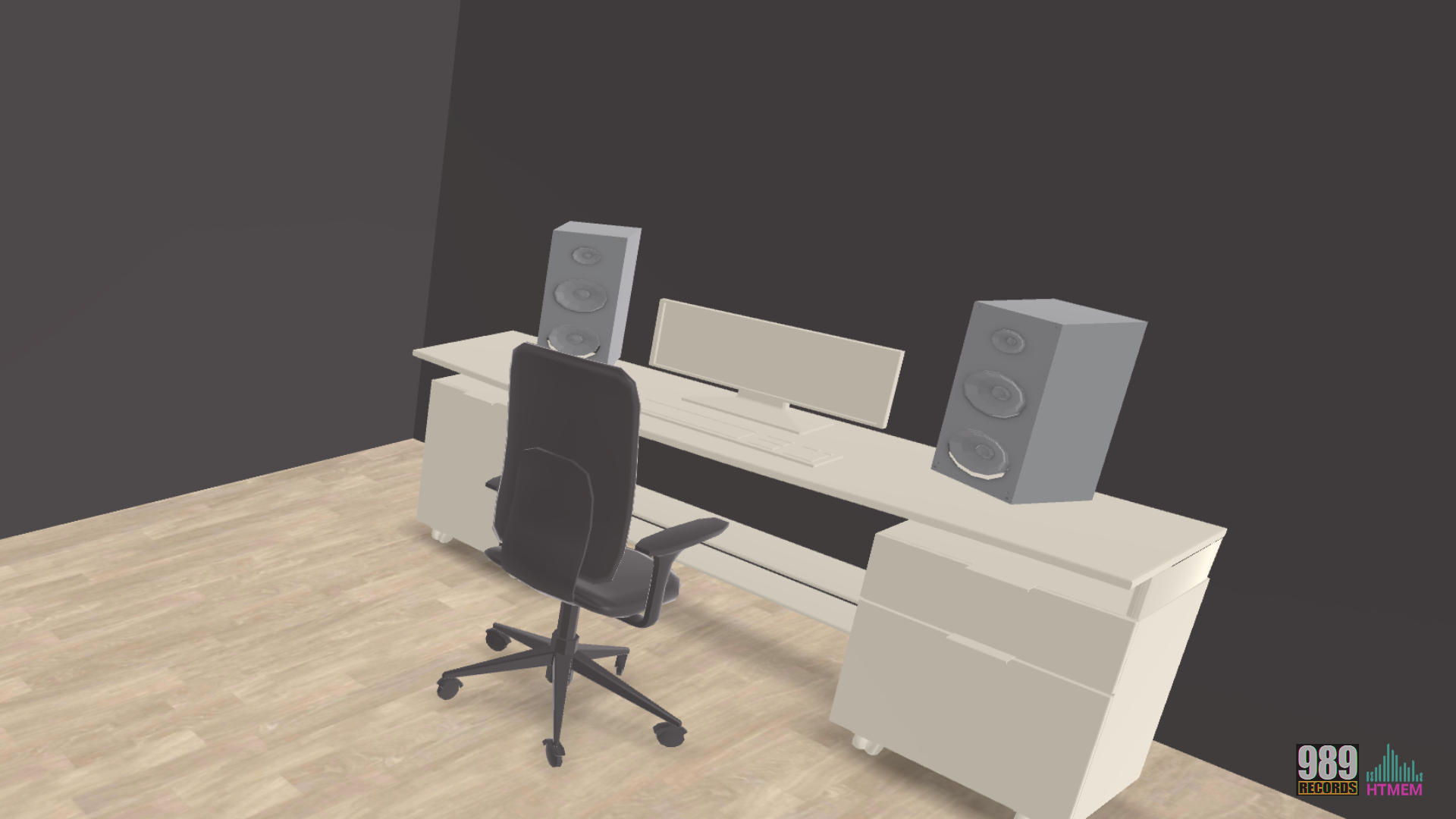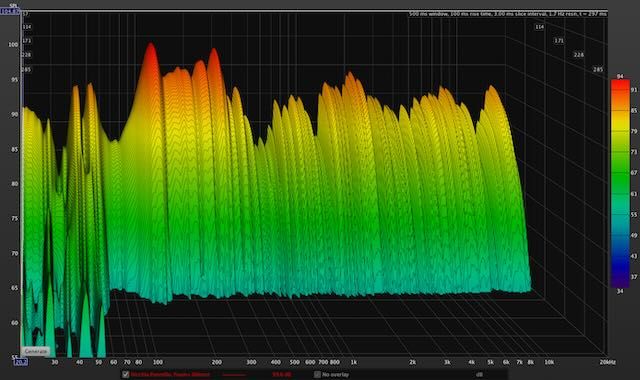How To Build Your Sound Absorption Panels
Max Porcelli
Intro
Do you want to get the best out of the acoustics in your room and achieve cleaner, more precise mixes that translate well outside of your studio walls?
One solution that's accessible to everyone is to build your own series of acoustic panels and place them in spaces around your studio.
Building them is an operation that's relatively easy. You just have to do some practice and have minimum tools to assemble everything, spending as little money as possible.
As you already probably know, using appropriate acoustic panels will help to improve the frequency response and reverb time of your room, making your listening and sound more reliable.
One solution that's accessible to everyone is to build your own series of acoustic panels and place them in spaces around your studio.
Building them is an operation that's relatively easy. You just have to do some practice and have minimum tools to assemble everything, spending as little money as possible.
As you already probably know, using appropriate acoustic panels will help to improve the frequency response and reverb time of your room, making your listening and sound more reliable.
Let's Start

The size of the studio to be soundproofed is decisive, as it will give us an idea of how big and how many acoustic panels will be necessary for the treatment.
A classic acoustic treatment project involves treating the corners with appropriate bass traps, the side and front walls and the ceiling.
Depending on the size of the room, the back can always be treated with an absorbent or reflective panel.
The thickness of the insulating material is also decisive. The thicker the material, the more effective the absorption power, especially on low frequencies.
A classic acoustic treatment project involves treating the corners with appropriate bass traps, the side and front walls and the ceiling.
Depending on the size of the room, the back can always be treated with an absorbent or reflective panel.
The thickness of the insulating material is also decisive. The thicker the material, the more effective the absorption power, especially on low frequencies.
- TIP Leaving an air space between the panel and the wall will help to further enhance the absorption power of the panel.
What to Treat?

- First Reflections
The First Reflections are Sound Bouncing Points that are added to the Direct Sound, altering its perception. First of all, it is good to treat the Sidewalls at the height of the initial reflections.
To find out where these points are located, you can use the classic Mirror Trick.
Sit in your listening point and have a friend use a small mirror; start on the front wall, at the speakers height, and move the mirror towards the center of the room.
When you see your speaker reflected, Mark the point because that is an early reflection point. Remember that you will need to find Two Points (one for each speaker) for each sidewall.
- Front Corners
With the use of appropriate Bass Traps, an increase of the frequency response of the room (especially in the low end area) will be obtained, with a more truthful listening. The bass traps should be installed trying to fill the entire space, from the floor to the ceiling.
- Everything Else
Depending on the budget, time and final result wanted, it will then be useful to treat the Rear Corners with bass traps.
Following this, I suggest to proceed with the Front Wall, the Ceiling above the listening point, and the Rear Wall.
Having said that, let's proceed.
Gather the Material
For an Economical DIY acoustic panel, it is best to choose materials such as Rock Wool. For the frame of the panel, Plywood is a lightweight and optimal material while, for the lining, a classic non-woven fabric is an economical and suitable material for use.
To understand if an external lining is a good candidate to use, you can perform a test. Blow through the material you would like to use. If blowing the material opposes resistance, do not use it. If air passes through, then it can be a good candidate.
To understand if an external lining is a good candidate to use, you can perform a test. Blow through the material you would like to use. If blowing the material opposes resistance, do not use it. If air passes through, then it can be a good candidate.
You will also need a saw (manual or electric), a rigid meter rule, scissors, a drill or a screwdriver, cross screws, a stapler, gloves, sandpaper, a marker, and I would also suggest a mask.
The material must of course be multiplied and adapted according to the number of panels you want to assemble.
Cut the Frame and Insulation
Usually, rock wool is available in standard sizes. Personally, I prefer to avoid cutting the rock wool and build the frame to the board measurements.
It will save you work and time.
So measure and cut the pieces of wood needed for the frame. Once all the necessary pieces are cut, you can screw them together and make it ready to insert the rock wool. If you want, for an even stronger structure, you can also glue the pieces of wood.
At this point, you can lay the frame around the rockwool, taking care not to leave gaps between the insulation and the frame. If you want, for an even stronger structure, you can mount a transverse wooden strip which will also further secure the rock wool to the frame.
So measure and cut the pieces of wood needed for the frame. Once all the necessary pieces are cut, you can screw them together and make it ready to insert the rock wool. If you want, for an even stronger structure, you can also glue the pieces of wood.
At this point, you can lay the frame around the rockwool, taking care not to leave gaps between the insulation and the frame. If you want, for an even stronger structure, you can mount a transverse wooden strip which will also further secure the rock wool to the frame.
Wrap the Panel in Fabric
This may be the part that requires the most manual labor and a couple panels of experience. The advice is to lay the fabric over the frame. Start by fixing the center of the sides with the stapler, being careful to stretch the fabric well before fixing it. To get a good result, it will be necessary to cut the excess parts of the fabric and after some mistakes and a bit of practice, you will surely get a good result.
Hang the Acoustic Panel
Hang the acoustic panel using the appropriate hardware.
The points of the room to be treated in which to place the panels are normally located in correspondence with the early reflections and the corners of the room.
For more information on how to find the points of first reflections and which points of the room it is best to treat, take a look here.
The points of the room to be treated in which to place the panels are normally located in correspondence with the early reflections and the corners of the room.
For more information on how to find the points of first reflections and which points of the room it is best to treat, take a look here.
Pro Tip

REW is a free software useful for measuring the frequency response of your room. A pre-treatment measurement will help you understand how the panels improve the quality of your room and if you need to continue treating by adding panels or not.
Remember that if you are not in an anechoic room, a flat frequency response does not exist. We are talking about an excellent frequency response when the overall tolerance of the response falls within a range of +-3dB.
Stay Current on the Latest News
And Receive Exclusive Deals, Discounts, and new Courses Available in the Academy. Subscribe Now.

Get 350+ Free Samples
Subscribe to Download our Exclusive Royalty Free Samples Pack, Deals, and Offers from HTMEM.
Invitation Sent
👉 Check your Email to download your stuff.
Courses

Get 350+ Free Samples
Subscribe to Download our Exclusive Royalty Free Samples Pack, Deals, and Offers from HTMEM.
Invitation Sent
👉 Check your Email to download your stuff.



